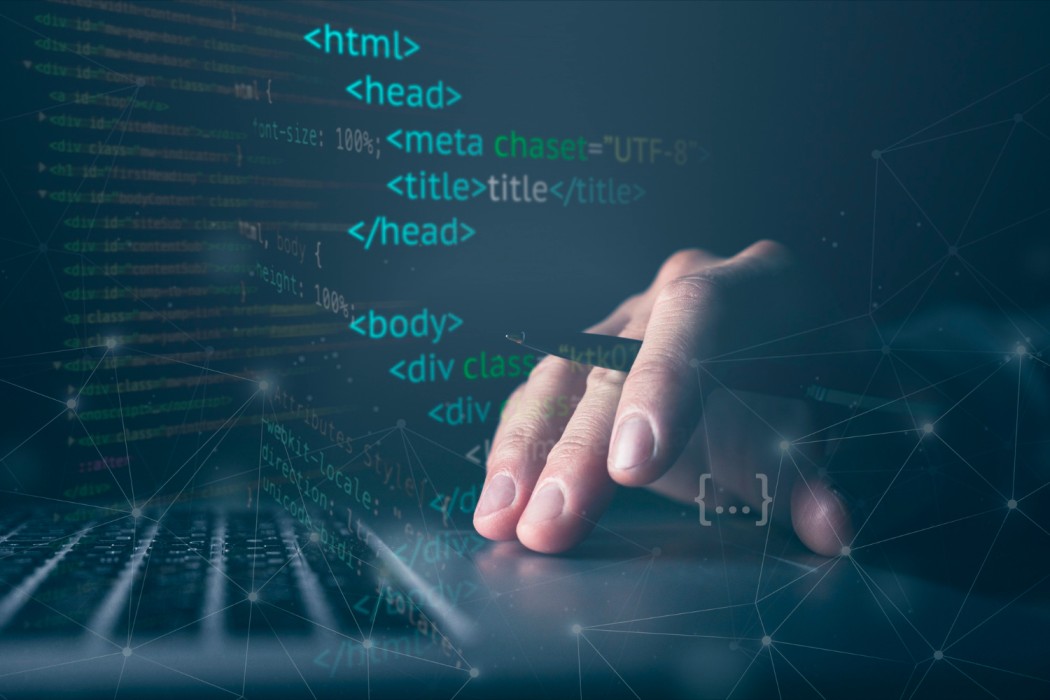To use a language well, it’s not just about knowing what words mean. You also need to learn how to put those words together in the right way. If you don’t understand the structure, your message might not come across clearly to others.
Think about having all the words in a dictionary memorized but not knowing how to arrange them into sentences that make sense. It’s like having a big vocabulary but not knowing how to communicate effectively.
The same idea goes for programming languages. To use one, you must understand how its rules for writing code work.
When you’re starting to learn how to program, a crucial step is understanding syntax rules. Understanding syntax and why it matters will help you learn these rules and better understand how code is structured.
In this article, we’ll discuss syntax in detail, understand why it matters, and see how it’s different in a few popular programming languages.
Syntax in Programming
Syntax consists of rules that show us how to arrange characters in a way that makes a valid statement in a language. Both human languages and programming languages rely on syntax. To use either type of language effectively, you must learn how to arrange the elements correctly to achieve your intended outcome.
For human language, the aim is successful communication. For programming language, the objective is to give the computer a set of instructions it can understand and follow.
Syntax errors happen when the parts of a sentence are mixed up in a way that makes it hard to understand. Let’s consider a basic example in everyday language:
- She baked the cake.
- The cake baked her.
- Baked she the cake.
You can notice that in these sentences, the words are rearranged differently. While the words are the same, their order changes the meaning a lot. The first sentence makes sense because it follows the usual order. In the second sentence, the order is jumbled, so even though it’s grammatically correct, it sounds strange. The third sentence is so mixed up that it’s not clear what it’s trying to say because it doesn’t follow the usual structure (syntax) of English sentences.
Just like this, getting the order of instructions wrong in programming can confuse the computer.
Using the right syntax is possibly even more crucial in programming languages compared to human languages. When you’re learning a new human language and have a basic understanding of its syntax, you can often still convey your message. This is because human languages usually have some flexibility in their syntax, and people can think through and understand the intent of a sentence that isn’t perfect.
Programming languages are less forgiving when it comes to syntax mistakes. Syntax dictates how we structure the parts of our code to make it understandable for the computer. If there’s a syntax error, the computer might struggle to interpret the code correctly.
Controlling aspects of programming syntax include:
- Declaring variables and assigning values.
- Specifying the order of instructions.
- Selecting between lowercase and uppercase letters.
- Formatting code comments.
- Utilizing punctuation marks like semicolons to separate statements.
- Constructing conditional statements such as if-else blocks.
- Defining and invoking functions or methods.
Syntax is crucial in programming because writing functional code would be impossible without it. Code consists of instructions in a language computers understand. With syntax errors, the program won’t work.
Syntax vs Semantics: What’s The Difference?
You might come across the term “semantics” when exploring syntax. The connection between syntax and semantics is important.
In language, syntax deals with word order – how words should be arranged to make sense. Semantics is about the meaning those words carry.
Similarly, in programming, syntax involves the language’s structure, the internal rules for how it’s written. The meaning or content of a line of code is its semantic value.
Now, let’s check out a few examples of the ‘Hello World’ Program written in various programming languages. As we’ll observe, the syntax differs in these examples, but the essential meaning remains unchanged.
Python
print("Hello World!")
Java
public class HelloWorld {
public static void main(String[] args) {
System.out.println("Hello World!");
}
}
C++
#include <iostream>
int main() {
std::cout << "Hello World!" << std::endl;
return 0;
}
By looking at the above examples, it’s clear that syntax can vary quite a bit between programming languages. Python appears simpler compared to Java and C++. Python’s design makes it read like human language, which helps understand programs quickly. Here are some ways Python’s syntax is simpler:
- Variable Types: In Python, you don’t need to declare variable types like in Java and C++.
- Whitespace: Python uses indentation to show how lines of code relate, while Java and C++ use semicolons and curly brackets.
- Comments: Python uses # for comments, while Java and C++ use //.
Python stands out among these three languages, while Java and C++ share similarities. When languages have similar syntax, it often means they come from a common origin.
Java and C++ share similarities because they’re based on the C programming language. This is similar to how human languages can have common vocabulary and grammar if they have a shared history.
These similarities can make learning new languages easier. If you know one well, like Java, learning C++ becomes smoother because you’ll find familiar elements that help you along the way.
